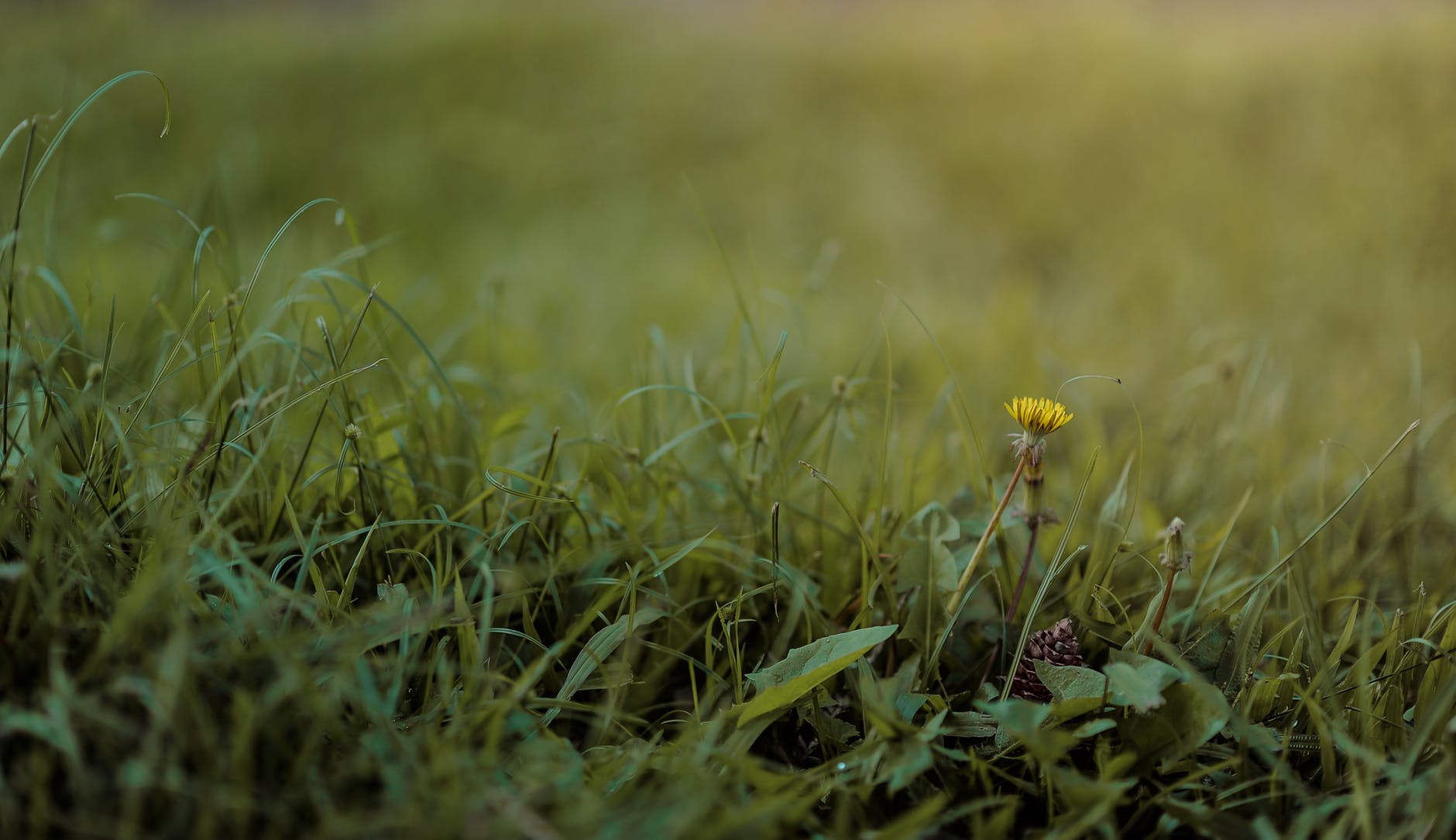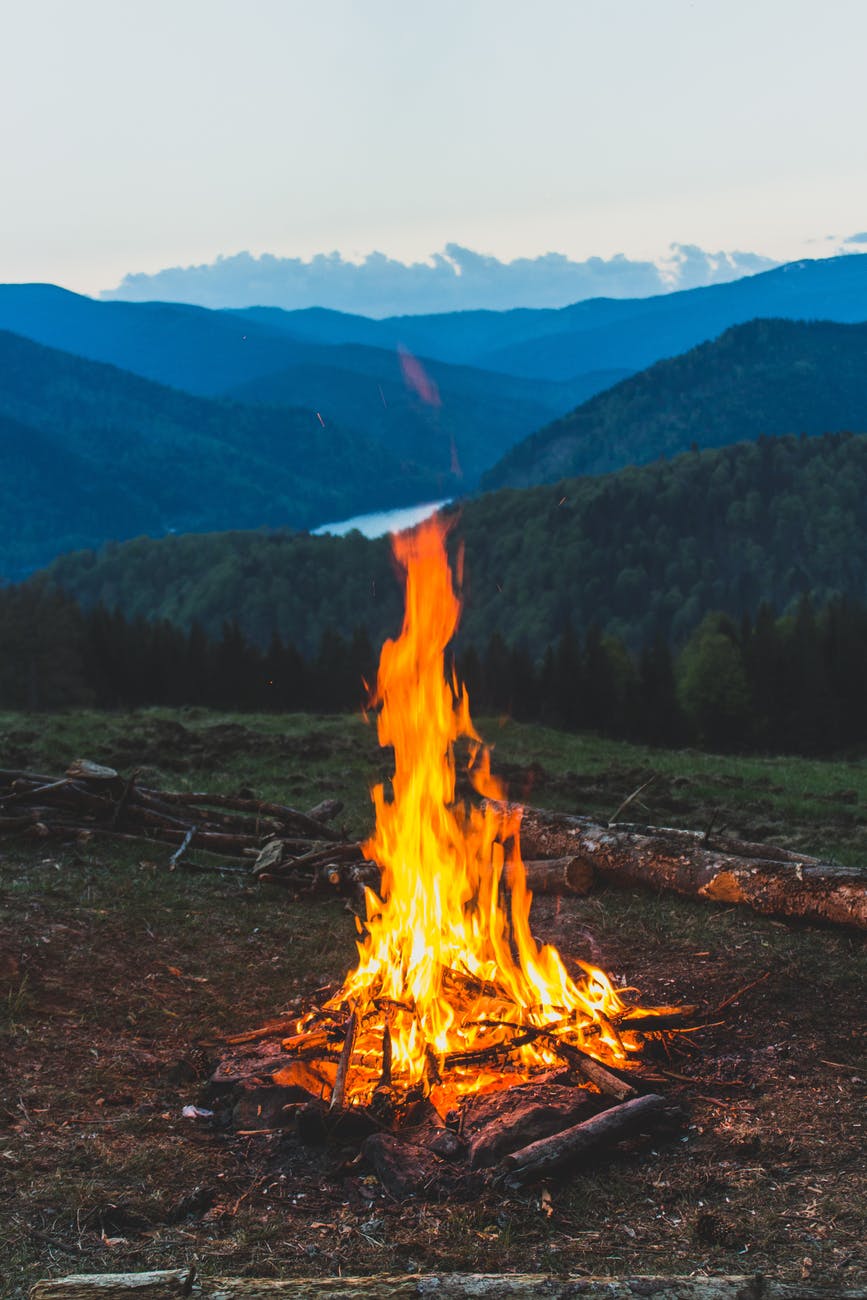Earth Pt. 1
In history and some present day times, the Greeks considered earth to be a symbol of the solid state or “physical”. We as pagans take the elements pretty serious so earth to us is the handful of soil from our garden, it is the entire planet. It doesn’t always represent the soil but a solid, dependable part of our lives. Our foundation, the beginning.
Earth is the realm of abundance, prosperity, and wealth. It is the most physical part of our elements. Without earth itself we would could not exist. Earth is the calm, the understanding, it holds wisdom, whenever you need to find an answer earth will be able to help.
!!!HOMEWORK TIME!!! I know, I know but I assure you its well worth it.
- Standing at your alter what can you use to represent earth?
- Which direction belongs to the element of earth and why do you feel this way? (subjective)
- What are the colors of earth?
- Magically speaking, why would you invoke the earth element?
- Write a short spell using EARTH power. (Or what you think a spell would be. Include details such as color of candles, if any, all things used, like seeds or something written on paper)
- Write a quarter call for earth. (Invite the power of this element to be with you /guard/help you)
- What would an earth element look like? Where would it live?
- Make a representation of an earth element, tell me what you used, how you put it together? Now bless this being at night, ask it to be your guide into the realm of earth, and bury it in your yard or a sacred space in the direction you feel right.
***Midnight is between sunset and sunrise*** <Your clock isn’t always on point, most newspapers show the time of midnight.
9. Write down your correspondences for the earth: *Direction, color, etc*
10. In preparation for the next weeks lesson, write down some questions you’d like to ask an earth elemental.
‘
I know homework this week is long, but I assure you it’s worth it in the long run. Don’t forget share! Send to your friends, if you haven’t yet like, subscribe! Keep a look out for PART 2 OF EARTH!



